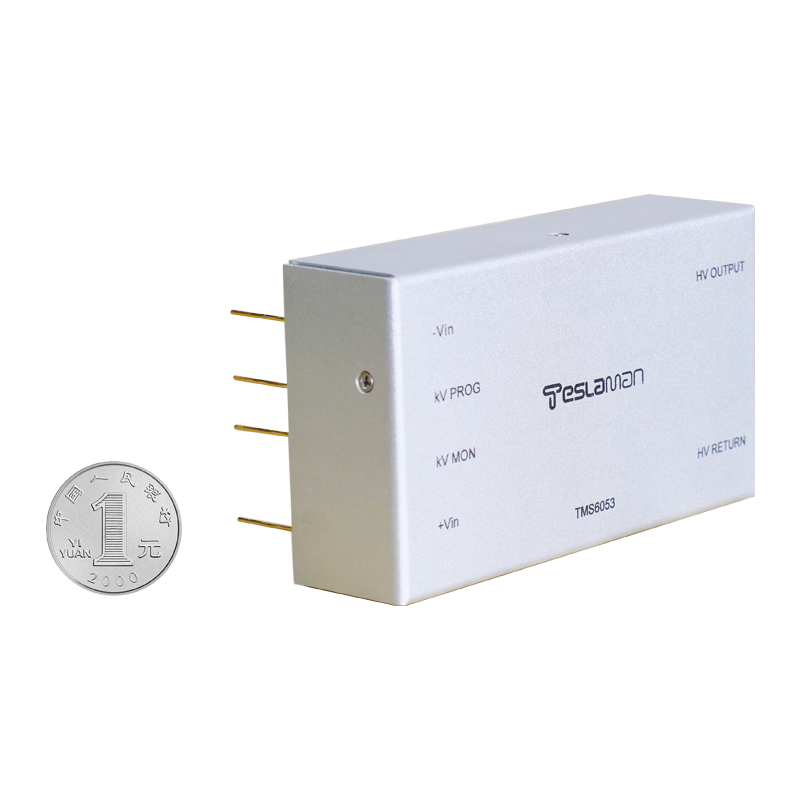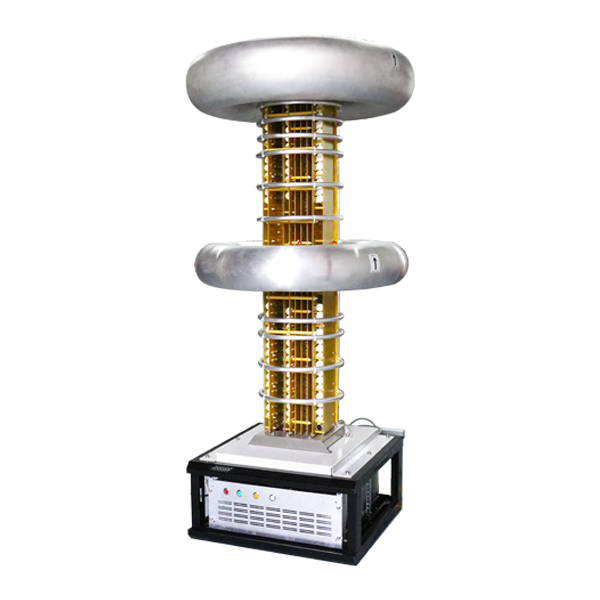Technical Adaptation of High-Voltage Power Supplies in Focused Ion Beam Micromachining
Focused Ion Beam (FIB) technology, as a core method in micro/nano manufacturing, relies critically on the precise adaptation of high-voltage power supplies. These power supplies not only provide kinetic energy for the ion beam but also directly influence beam stability, processing resolution, and material adaptability, making them key to pushing the limits of micromachining.
1. Core Technical Requirements for High-Voltage Power Supplies
1. Ultra-High Stability and Low Noise
The focusing precision of ion beams requires beam current fluctuations of less than 5% (e.g., maintaining ±5nA deviation at 100nA). Power supplies must suppress voltage ripple (typically below 0.1%) to prevent ion trajectory drift, which can distort machining morphology. For example, in TEM sample preparation, power fluctuations may cause inclined cutting surfaces or thickened amorphous layers.
2. Broad-Range Parameter Adjustability
Processing different materials (e.g., metals, semiconductors, polymers) requires dynamic adjustment of acceleration voltage (500V–30kV) and beam current (1pA–100nA). High-impedance materials (e.g., ceramics) need high voltage (>30kV) to enhance ion penetration, while thermally sensitive materials require low voltage (<5kV) to reduce thermal damage.
3. Fast Response and Intelligent Feedback
Real-time response to deflection signals from the ion optics column enables nanosecond-level beam blanking control, avoiding over-etching. For instance, in preparing 3D atom probe samples, the power supply must synchronize ion beam scanning with stage movement at 5nm precision.
2. Adaptation Challenges in System Integration
1. Synergistic Control with Ion Optics
High-voltage power supplies must match electrostatic lenses and mass analyzers (e.g., E×B filters) to optimize ion beam energy spread (<10eV for liquid metal ion sources). Mismatched power output and lens voltage exacerbate chromatic aberration, causing beam spot deviation from theoretical values (ideal: 50nm).
2. Anti-Interference Design
Secondary electrons generated by ion bombardment may feedback into the power system, inducing oscillations. Electromagnetic shielding and grounding isolation are essential, such as using Faraday cups to capture stray electrons.
3. Power Parameter Optimization for Multi-Material Processing
Metal Etching: High beam current (20–50nA) with medium voltage (15–20kV) increases sputtering yield but requires thermal control to prevent material redeposition.
Semiconductor Modification: Low beam current (<1nA) combined with precise implantation (e.g., Ga⁺ ions) adjusts doping concentration gradients via power regulation, enabling device performance tuning.
Insulator Processing: Pulsed power supplies (duty cycle <10%) reduce charge accumulation, supplemented by electron beams for surface charge neutralization.
4. Frontier Trends: Intelligence and Multi-Modal Collaboration
1. Adaptive Power Systems
Voltage is dynamically adjusted based on real-time depth feedback. For example, in deep-hole machining (aspect ratio >10:1), voltage must gradually increase with depth to compensate for energy loss at the bottom.
2. Multi-Beam Collaborative Power Supply
In FIB-SEM dual-beam systems, high-voltage supplies must time-share control between electron beam imaging and ion beam processing to avoid signal interference. Next-gen devices enable synchronous dual-beam operation—electron beams for monitoring and ion beams for etching.
Conclusion
The evolution of FIB micromachining hinges on deep integration of high-voltage power supplies with ion optics, materials science, and control algorithms. Future advancements require high-stability topological circuits, multi-parameter coupling models, and AI-driven real-time optimization systems to support cutting-edge manufacturing in quantum devices and 3D integration.




















